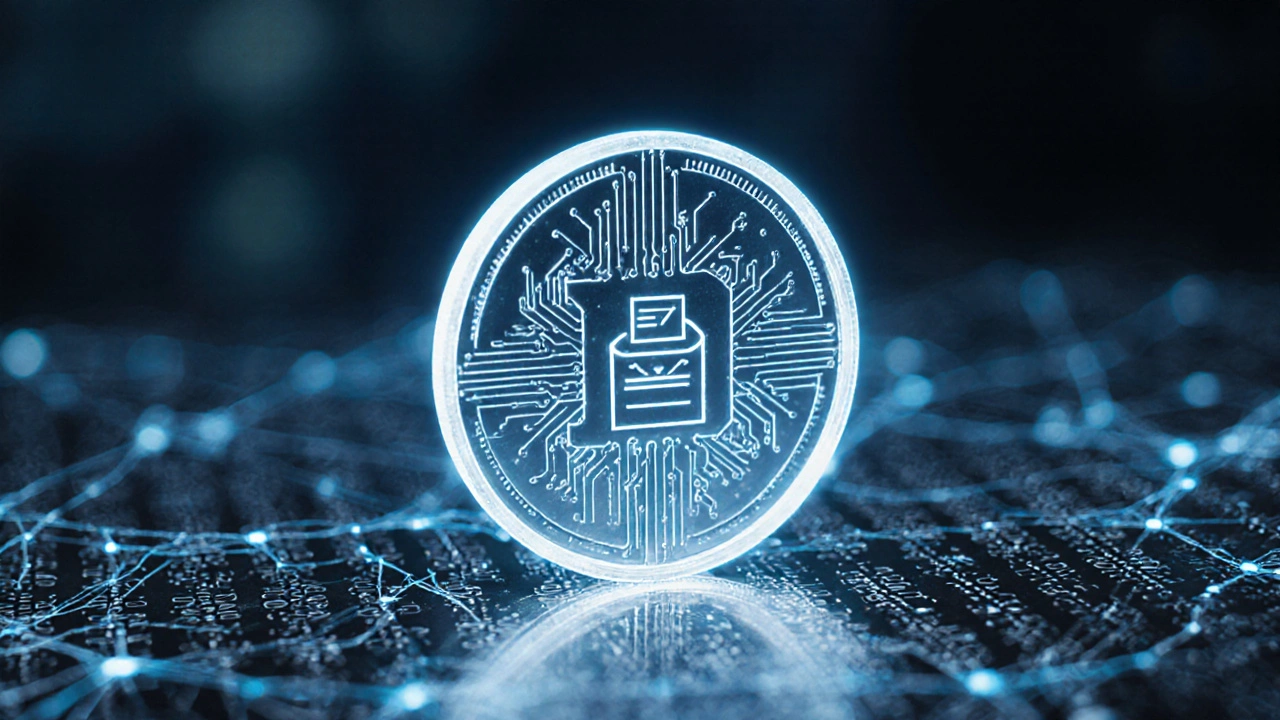Blockchain Governance: Decentralized Decision‑Making Explained
When working with blockchain governance, the framework that defines how participants propose, vote on, and enforce changes in a blockchain network. Also known as decentralized governance, it relies on transparent rules and community consensus to keep the system secure and adaptable, you quickly see why it matters for any crypto project. Blockchain governance encompasses decision‑making processes that span everything from protocol upgrades to fund allocation. It requires smart contracts, self‑executing code that automates rule enforcement without a middleman to lock in the outcomes of votes. Those contracts are the backbone of a DAO, a Decentralized Autonomous Organization that runs on blockchain code instead of a boardroom. A DAO’s health depends on decentralized voting, a system that lets token holders cast weighted ballots directly on‑chain, which in turn shapes the DAO’s policies. Finally, every governance action is secured by a consensus mechanism, the algorithm (like Proof‑of‑Stake or Proof‑of‑Work) that validates and records transactions across the network. Together, these pieces form a trustless, auditable chain of authority that anyone can inspect.
Core Components and Their Relationships
Effective blockchain governance requires three intertwined pillars: clear rules, reliable execution, and participatory decision‑making. The rules are expressed in smart contracts, which act as the legal code for the network. Execution is guaranteed by the consensus mechanism, which validates each contract‑triggered change and prevents tampering. Participation comes through decentralized voting, giving stakeholders a direct voice. When a proposal reaches the voting stage, the DAO’s smart contract tallies votes and, if the threshold is met, automatically implements the change. This seamless flow creates a semantic triple: "Blockchain governance requires smart contracts," "Smart contracts enable decentralized voting," and "Decentralized voting influences DAO outcomes." The result is a self‑reinforcing loop where community input shapes code, and code enforces community decisions, all under the watchful eye of the consensus algorithm.
Because each component is open source and verifiable, anyone can audit the entire process—from the original proposal to the final on‑chain execution. This transparency reduces the risk of hidden backdoors and builds trust among participants, even when they never meet in person. Whether you’re a token holder, a developer, or a casual observer, understanding how these entities interact gives you the tools to evaluate a project’s governance health. Below you’ll find articles that break down Merkle trees, token vesting, and the broader impact of technology on trading, each highlighting a different slice of the governance puzzle. Dive in to see practical examples, learn best practices, and discover how robust governance can protect your investments while fueling innovation.
Understanding Governance Tokens in Blockchain: How They Work and Why They Matter
- Lorcan Sterling
- 0 Comments
Learn how governance tokens work in blockchain, from voting mechanics and tokenomics to real‑world examples and risks, and discover how to start participating.
Read more

